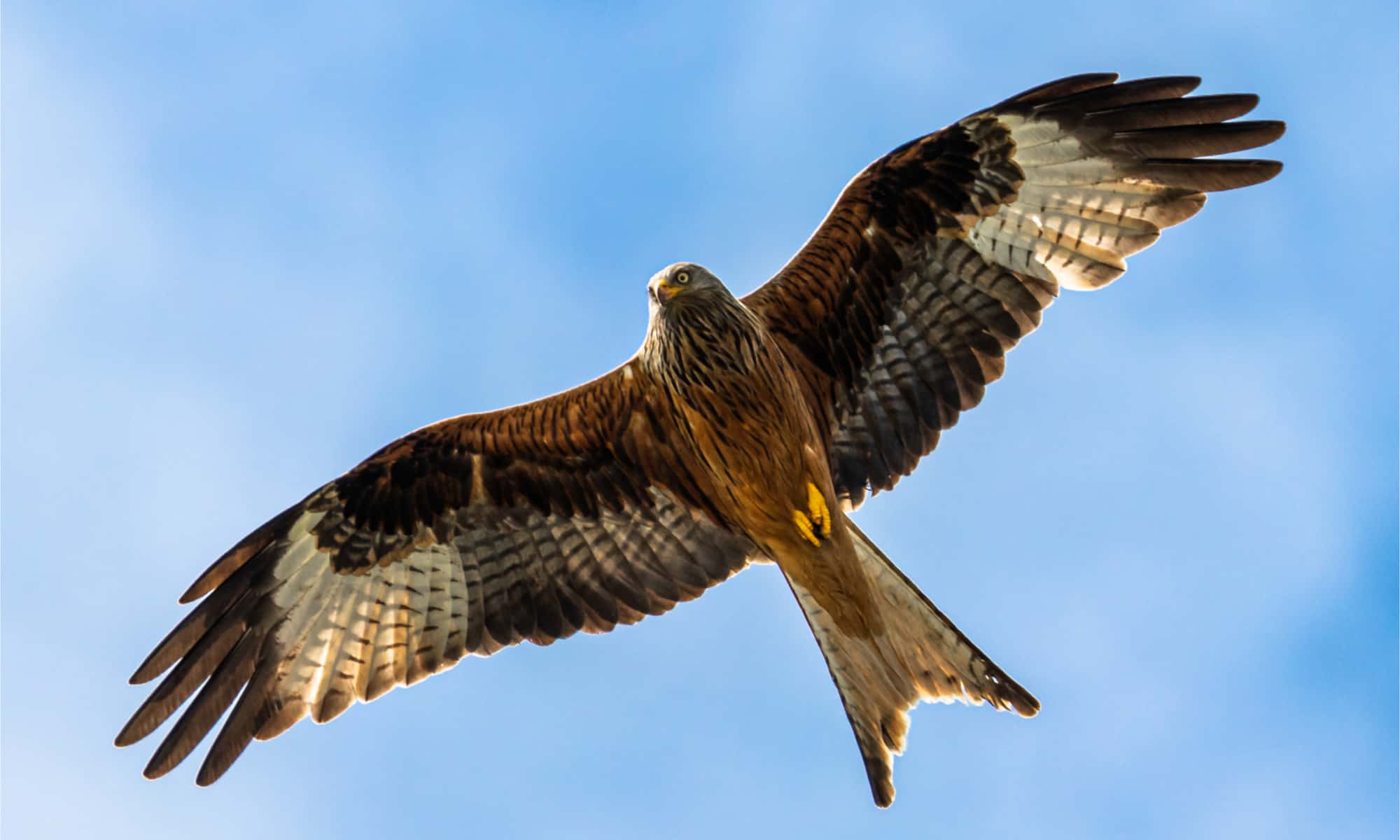
Kites are fascinating objects that have captured the human imagination for centuries. These aerial wonders have been enjoyed by people of all ages, from children running in the park to professional kite flyers participating in international competitions. But beyond their beauty and the joy they bring, kites hold a wealth of interesting facts and history.
In this article, we will explore 16 fascinating facts about kites that will deepen your understanding and appreciation for these enchanting creations. From the origins of kites in ancient China to their modern-day adaptations, we will uncover the intriguing stories behind these flying marvels. So buckle up (or rather, tie your kite strings) and get ready to discover some surprising insights about kites!
Key Takeaways:
- Kites have a rich history and diverse uses, from scientific research to recreational activities, making them an important part of culture and innovation.
- Kite flying is not just a fun pastime, but also a tool for scientific exploration and artistic expression, with a wide range of shapes, sizes, and materials.
Kites have been around for over 2,000 years.
The history of kites dates back more than 2,000 years, originating in China. They were initially used for military purposes, such as signaling and measuring distances.
Kites come in various shapes and sizes.
From traditional diamond-shaped kites to intricate dragon-shaped kites, there is a wide range of designs and sizes available. Some kites can even reach lengths of over 100 feet!
Ben Franklin used a kite to discover electricity.
In 1752, Benjamin Franklin famously flew a kite during a thunderstorm to prove that lightning was a form of electricity. This experiment led to important breakthroughs in understanding the nature of electricity.
Kites are used in meteorology to measure wind speed and direction.
Meteorologists use specially designed kites equipped with instruments to gather data about the atmosphere, including wind speed, humidity, and temperature.
People fly kites for recreational purposes.
Flying a kite is not only an enjoyable activity but also a great way to relax and spend time outdoors. Kite festivals and competitions are popular events worldwide.
Kiteboarding combines kitesurfing and wakeboarding.
Kiteboarding is an extreme water sport that involves riding a board while being propelled by a large controllable kite. It requires skill, balance, and coordination.
Kite aerial photography captures stunning aerial shots.
By attaching a small camera to a kite, photographers can capture unique and breathtaking aerial photographs from perspectives not typically seen.
Kites have been used for scientific research.
Scientists have used kites to study various phenomena, such as bird migration, air pollution, and atmospheric conditions.
Kite flying is considered an art form in some cultures.
In certain countries, kite making and flying hold great cultural significance and are considered a form of artistic expression.
Kites have been featured in literature and movies.
From “Mary Poppins” to “The Kite Runner,” kites have made appearances in numerous works of literature and movies, adding depth and symbolism to the stories.
The largest kite in the world has a wingspan of over 130 feet.
Guinness World Records recognized a kite with a wingspan of 131 feet as the largest kite ever flown. It was created by a team of kite enthusiasts in China.
Some kites are used for sport fishing.
In certain coastal areas, kites are used as a means of enhancing fishing techniques, allowing fishermen to cast their lines further into the ocean.
Kites can be made from a variety of materials, including bamboo, paper, and nylon.
Depending on their purpose and design, kites can be crafted using traditional materials like bamboo and paper, or modern materials like nylon and polyester.
Kites are used for advertising and aerial banners.
Companies often use kites with banners attached to promote products and services. These kite advertising displays can attract attention from large crowds.
Kite fighting is a popular sport in some parts of the world.
In countries like India, Afghanistan, and Pakistan, kite fighting competitions are held, where participants use specially designed kites to cut the strings of opponents’ kites.
Kites have been used for scientific experiments in space.
Scientists have tested the behavior of kites in microgravity environments on board spacecraft to gain insights into fluid dynamics and the physics of flight.
Conclusion
In conclusion, kites are fascinating creatures that have captured the imagination of humans for centuries. From their ability to soar through the skies to their diverse range of shapes, sizes, and colors, kites possess a unique allure. They have played significant roles in various cultures, symbolizing freedom, creativity, and even scientific exploration. Whether used for recreational purposes, cultural celebrations, or scientific experiments, kites continue to captivate people of all ages.Through this article, we have explored 16 interesting facts about kites, shedding light on their history, construction, and cultural significance. From their ancient origins in China to their modern-day applications in meteorology, kites have proven to be much more than just toys. They have become symbols of human ingenuity and the wonders of flight.So the next time you see a kite dancing in the sky, take a moment to appreciate the rich history and magic of these incredible creatures.
FAQs
1. How were kites invented?
Kites were invented in ancient China approximately 2,500 years ago. It is believed that they were first used for military and signaling purposes.
2. What materials are used to make kites?
Traditional kites are made using lightweight and flexible materials such as bamboo, paper, and fabric. However, modern kites can be constructed using various materials such as fiberglass, carbon fiber, and ripstop nylon.
3. What is the largest kite ever flown?
The largest kite ever flown had a wingspan of 1,016 feet and was created by kite enthusiast Robert Moore in 2004.
4. What is the purpose of kite festivals?
Kite festivals are held worldwide to celebrate the joy of kite flying, showcase unique kite designs, and promote cultural exchange.
5. Are there any safety precautions when flying a kite?
Yes, it is important to choose an open area away from power lines and trees, be cautious of strong winds, and use appropriate string length to avoid any accidents.
6. Can kites be used for research purposes?
Yes, kites have been used for scientific research, particularly in meteorology and studying wind patterns at different altitudes.
7. Are there any famous kite traditions or events?
Yes, the International Kite Festival in Gujarat, India, and the Washington State International Kite Festival in the United States are notable events that attract kite enthusiasts from around the world.
8. Can anyone learn to fly a kite?
Yes, flying a kite is a popular activity for people of all ages. It just requires a bit of practice and understanding of wind conditions.
Kites have captured imaginations for centuries, soaring through skies worldwide. From ancient origins to modern-day festivities, there's always more to learn about these incredible flying machines. Want to take your kite knowledge to new heights? Explore surprising facts about kite flying techniques and discover how April became National Kite Month. Plus, get a glimpse into the colorful world of kite festivals around the globe. Whether you're a seasoned flyer or just starting your kite adventures, these articles will inspire you to let your curiosity take flight and embrace the wonder of kites.
Was this page helpful?
Our commitment to delivering trustworthy and engaging content is at the heart of what we do. Each fact on our site is contributed by real users like you, bringing a wealth of diverse insights and information. To ensure the highest standards of accuracy and reliability, our dedicated editors meticulously review each submission. This process guarantees that the facts we share are not only fascinating but also credible. Trust in our commitment to quality and authenticity as you explore and learn with us.


